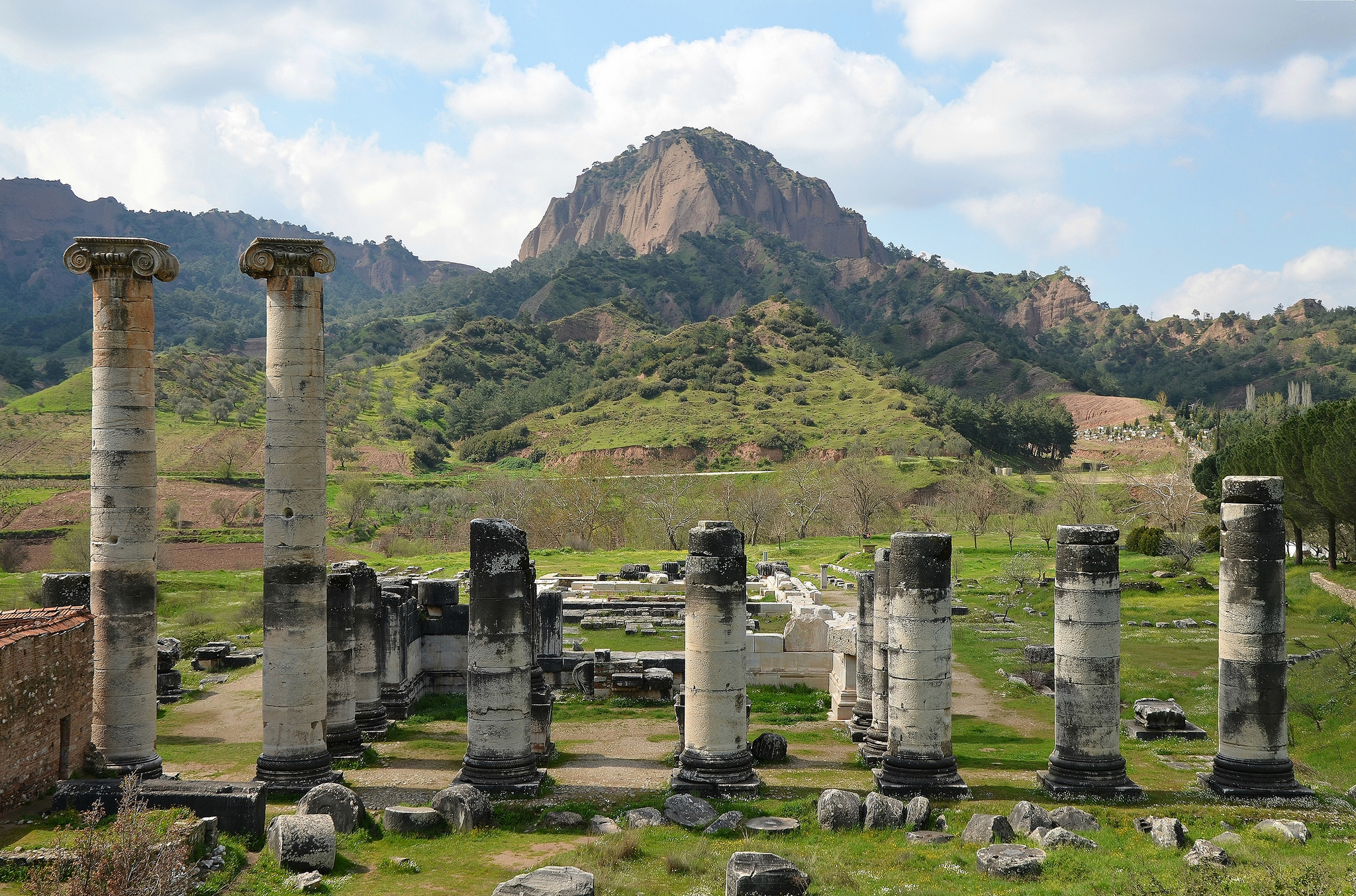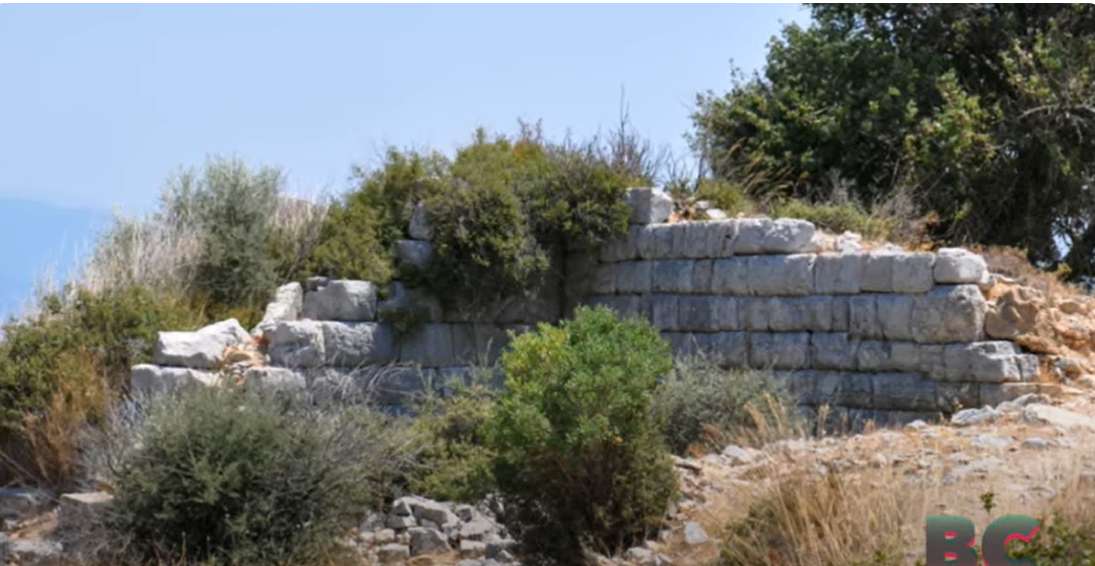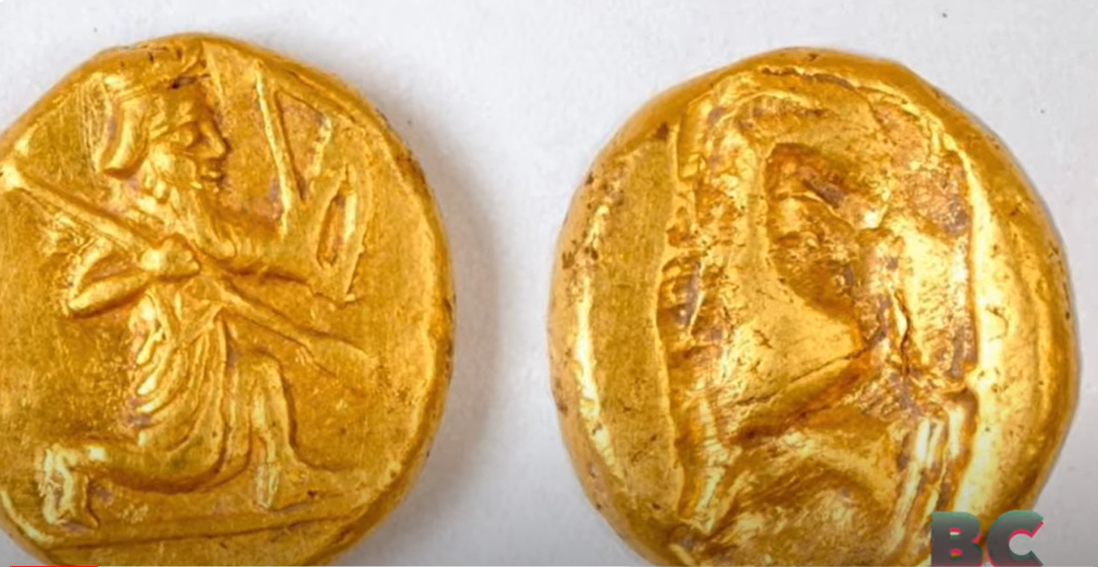Finding buried treasure, a dream chased by young boys, pirates, and even archeologists. Rarely do they succeed, but the search is exhilarating.
In the world of archaeology, it is not just an adventure, it’s a serious pursuit; buried gold brings history alive. How did it come to be buried? Who left it behind? What cataclysmic event induced the people to abandon it?
Recently, a team from the University of Michigan experienced this thrill firsthand during their excavation in the ancient Greek city of Notion, located in modern-day Turkey. There, beneath the floor of a fifth-century B.C. courtyard house, they uncovered a pot brimming with gold coins, a find that speaks volumes about the tumultuous history of the region. The experts estimate that the coins were buried more than 2,000 years ago, in the fifth century B.C. That’s even before Alexander the Great swept through the region on his way to conquer what was at that time, “the known world”.

The coins, known as darics, were the currency of the Persian Empire, minted in Sardis, a city that Alexander destroyed not long after this gold was buried, in 334 B.C. in his ongoing war against the Persian Empire. Each coin bore the image of a crouched archer, a symbol of Persian King Darius. The discovery of these coins in Notion, a city that saw the ebb and flow of Greek and Persian control, is a memory of the city’s strategic importance and the conflicts that raged around it.
What makes this discovery particularly fascinating is the context in which these coins were found. No one buries a treasure without the hope of retrieval, suggesting that their owner met with some “gravest misfortune,” as the researchers put it. The tumult of the times, marked by the Peloponnesian War and the shifting allegiances of Greek and Persian forces, may have prompted a wealthy individual or a mercenary soldier to bury their fortune for safekeeping.

This is not the first time that a hoard of darics have been found, but as Dr. Peter van Alfen, chief curator at the American Numismatic Society, explains, “Several enormous hoards of darics have been found in the past, numbering thousands of coins, but these were not found by archaeologists, so the coins were dispersed and the hoard context (was) lost forever. The fact that this daric hoard was found in a controlled archaeological excavation is rare. … The (archaeological) context of this hoard could provide an absolute dating peg for certain types of darics.”
The pot of gold coins is more than just a treasure; it’s a narrative woven into the fabric of history. It tells a story of wealth, war, and the uncertainties of ancient life that at times translated into personal tragedy.
But alas, for now there are no answers to the crucial questions that archaeologists pose when confronted with such an important find.












